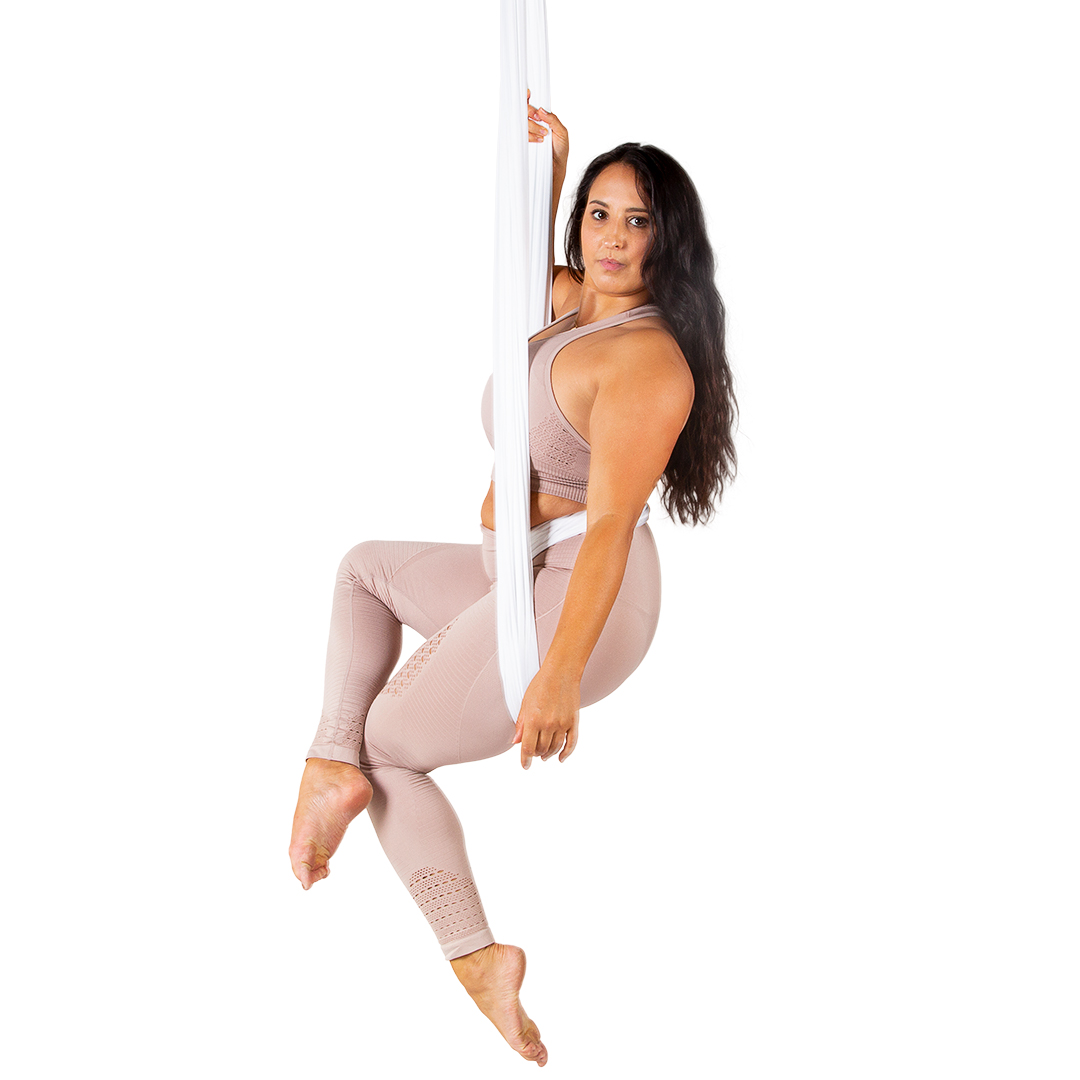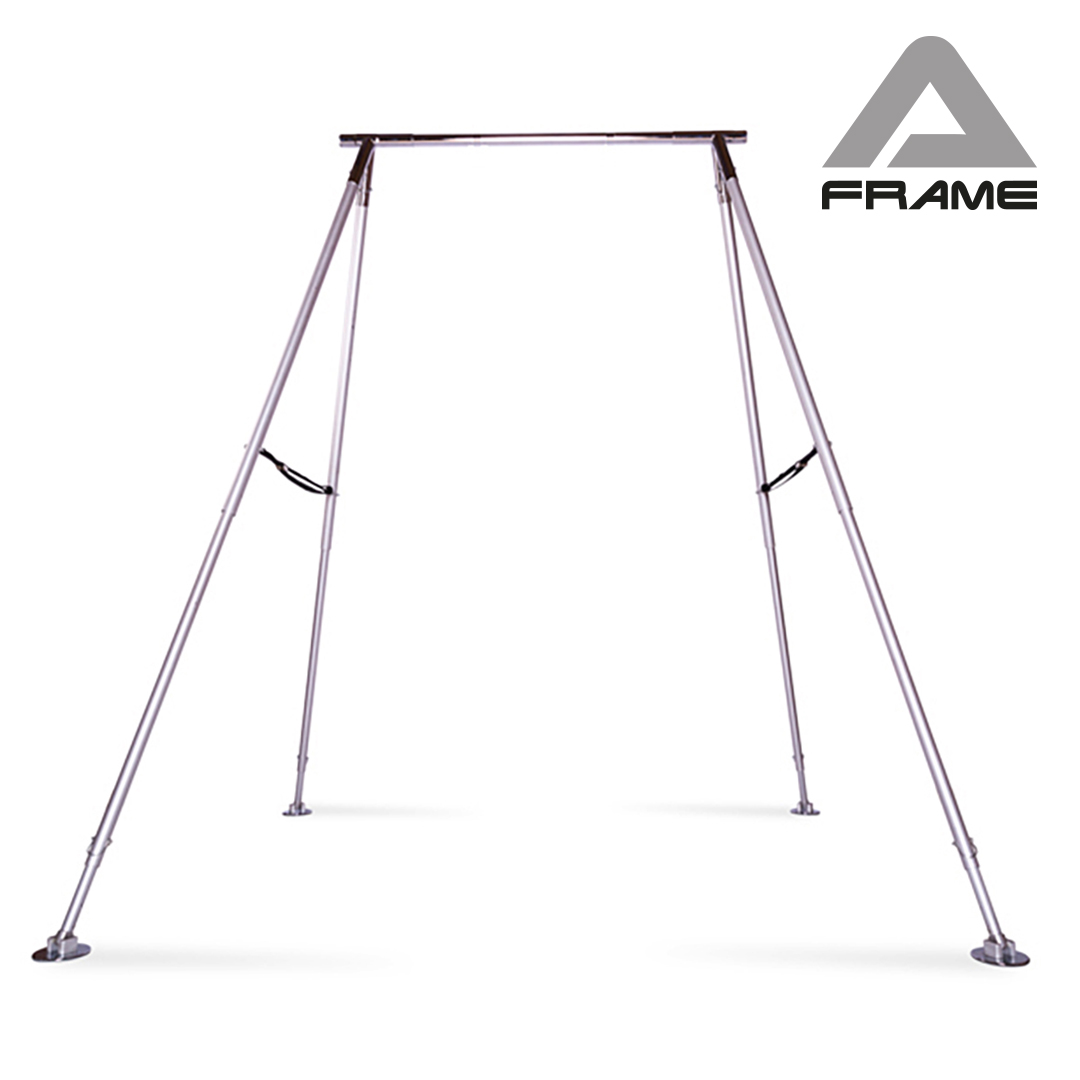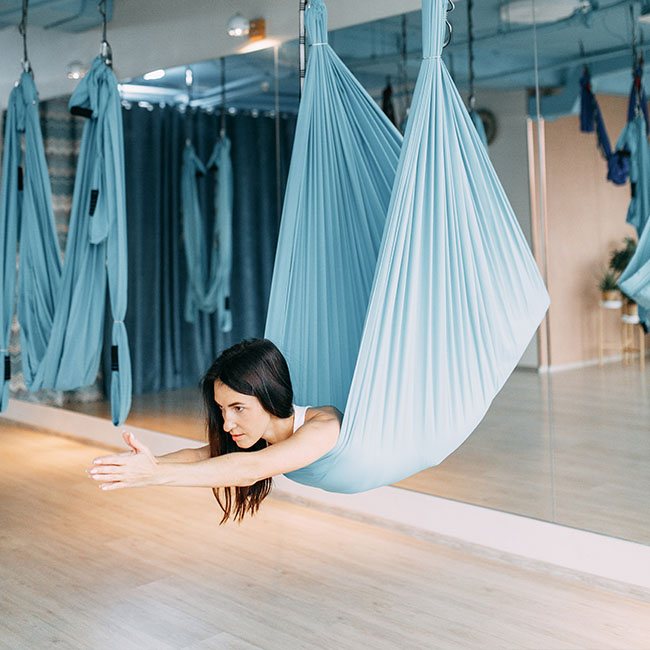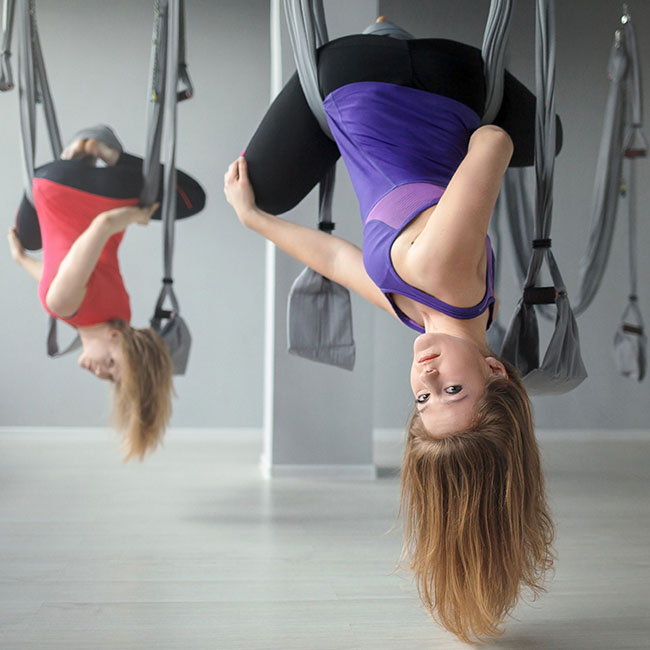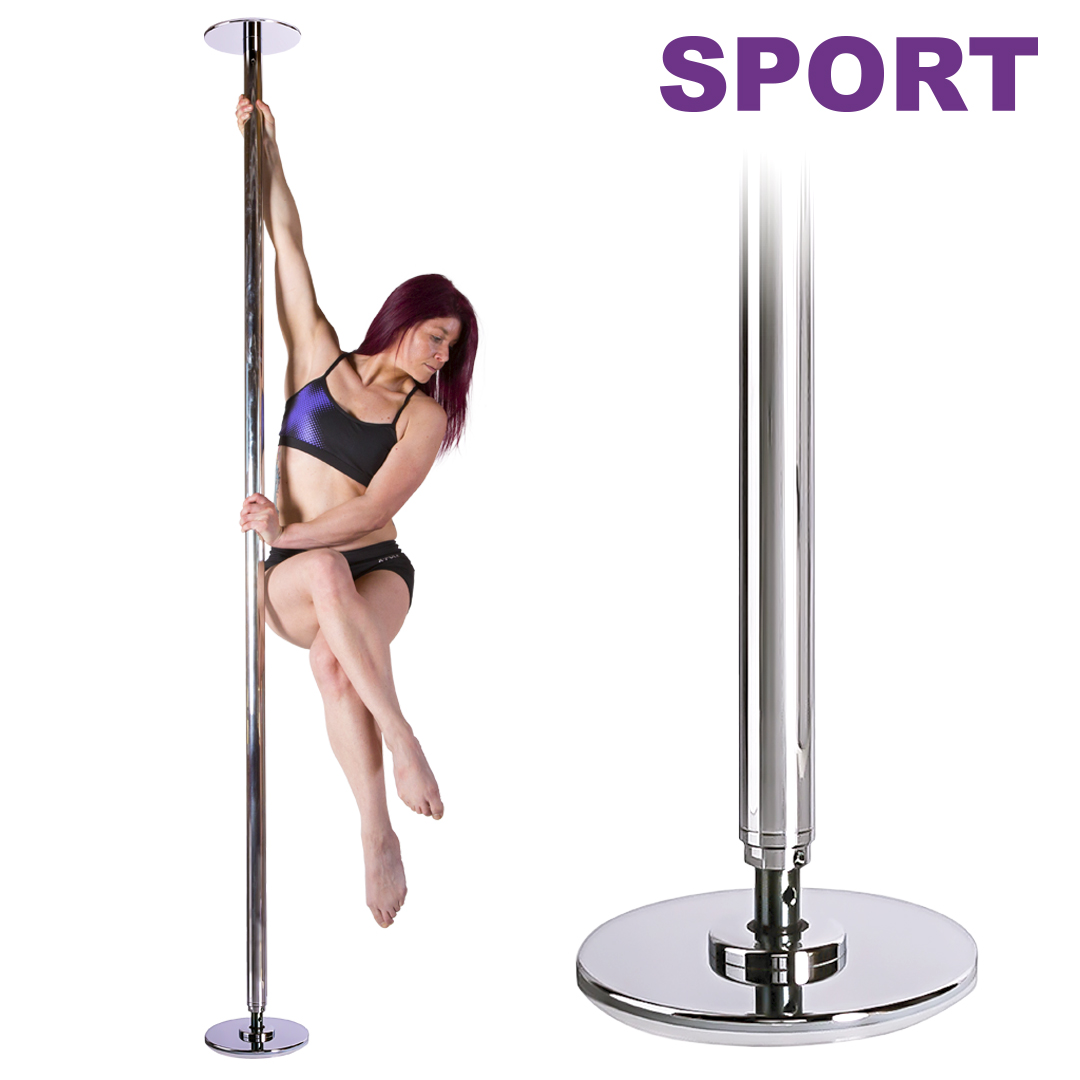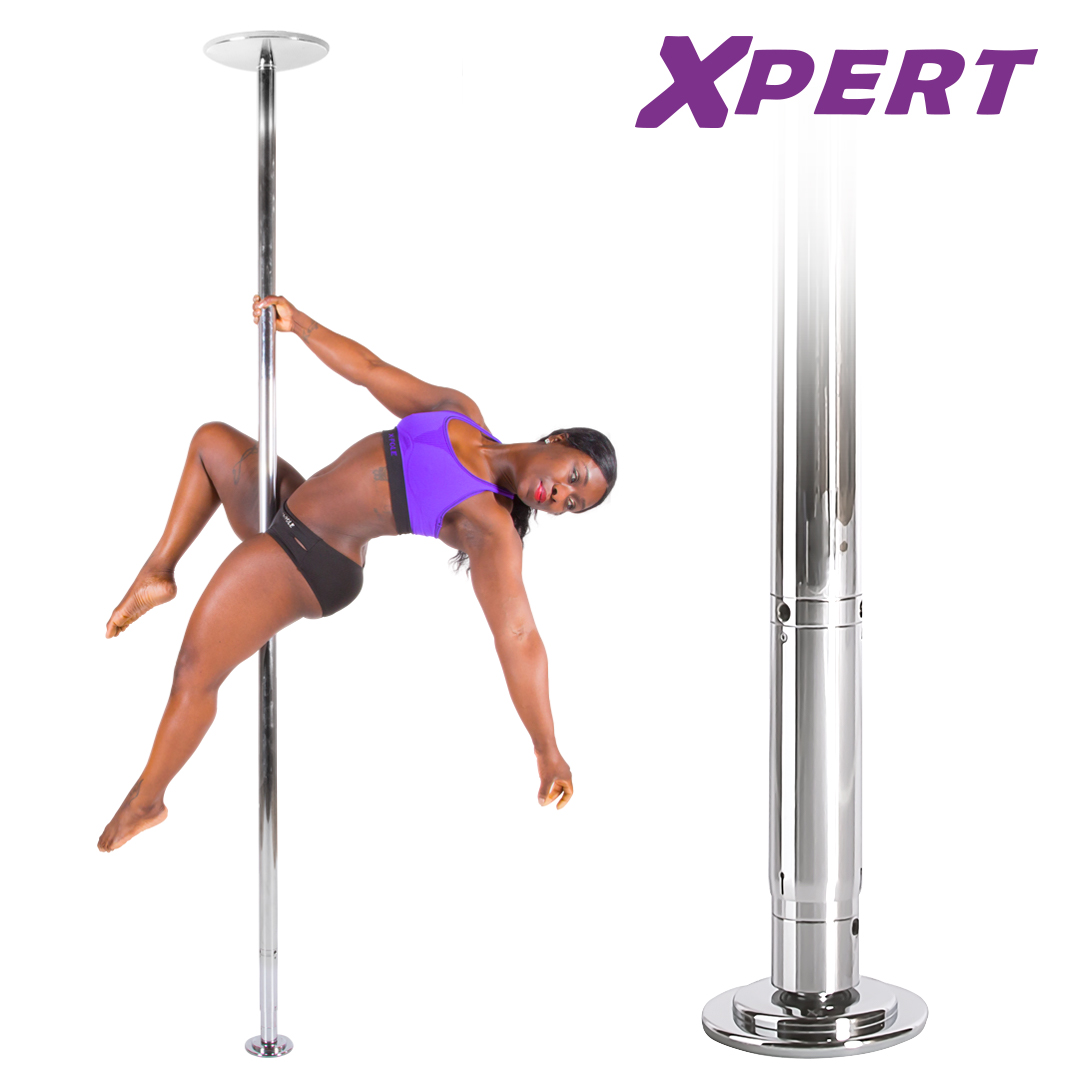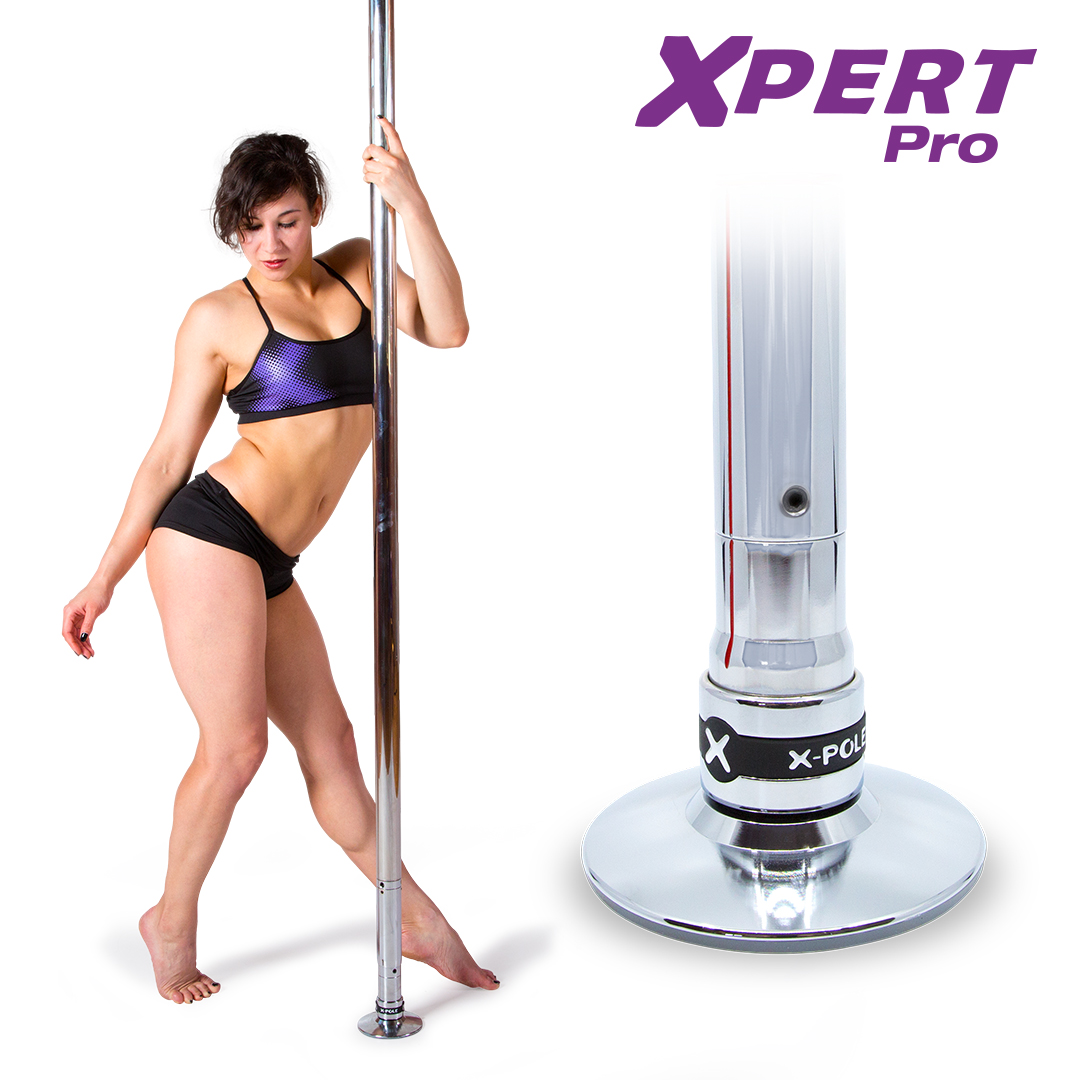Welcome back to another moment of reflection, as the year draws to a close. If you’re reading this and feeling a pang of disappointment because you haven’t quite
hit all the goals you set at the start of the year – I want you to know: you are not alone. And, honestly, it’s okay.
When January rolls around, many of us sit down with fresh notebooks (or fresh Notes apps), full of intentions. Big dreams, small habits, lofty ambitions, mindset shifts, even that long list of pole and aerial tricks we swore we’d finally get on top of. Whether that be a cleaner invert, a smoother spin, or chipping away at that nemesis trick that always felt an inch or two out of reach. Or perhaps you had bigger plans, like signing up for your first competition, or stepping into teaching for the very first time.
We jot it all down with confidence. And we rush into the year with optimism and energy, thinking that all those plans will unfold exactly as we envisioned. But life doesn’t always go that way. Plans change and priorities shift. Injuries happen. Work gets busy. Maybe the studio timetable changed. Maybe you lost a bit of confidence or motivation. Ultimately, we grow in whatever direction life takes us in. And sometimes, the goals we set in January feel a little different six, nine, twelve months later.
Maybe some of your resolutions fell off the rails. The training plan you mapped out didn’t quite happen. The trick list stayed roughly the same. Your splits progress stalled. Or perhaps you smashed a few big wins – finally got your Jade Split, nailed your shoulder mount, or completed your first XPERT training course, but others remained untouched. That doesn’t mean you failed. It simply means things evolved. Here’s the thing: setting a goal isn’t the same as locking in a permanent blueprint. We are not static people. We change. Our desires shift, our realities shift, even our definitions of success shift. What you wanted at the beginning of 2025, or any other year, might not be what you want now – and that’s totally normal. So how do you move forward from here, especially if things didn’t go quite as planned? Let’s talk about it, after all, isn’t this what the XPERT blog is for?
Pause and reflect: Take a moment to reflect on the year, and not just on what you didn’t do, but on what you did. Maybe you didn’t get that Ayesha, but you built strength in ways you didn’t expect. Maybe you stopped chasing a big aerial trick because you focused on cleaning up your technique instead. Maybe you learned a new teaching skill, gained confidence spotting students, or finally understood how to structure classes in a way that feels authentically you.
Ask yourself: what surprised you this year? What worked better than you expected, and what didn’t? Did life throw curveballs you couldn’t control? Were there moments where you grew in ways that weren’t part of your original plan? Reflecting isn’t about self-criticism. It’s about honest awareness, and it’s also about giving yourself credit
for what is, not just what isn’t.
Reassess your goals: Now’s a good time to revisit those intentions. Do they still resonate? Do they still feel meaningful? If yes, great, keep them, but maybe tweak them to fit your current life. If not, don’t be afraid to let them go or reshape them. Maybe you thought you’d nail your handspring this year, but now you realise you’re more excited about building fluidity or working on choreography. Maybe you planned to start teaching, but instead you discovered you want to deepen your foundations before stepping into that role. Maybe you wanted to add five new tricks to your repertoire, but instead you became a more confident, mindful mover. These shifts are valid and they represent progress in their own way.
Be kind to yourself: Sometimes we lean into the pressure of unmet goals and forget that change is tough. Real change, lasting change, doesn’t always follow a straight line. There will be detours, setbacks, and rest periods – especially in pole and aerial, where our bodies and minds are such huge parts of the process. So when things haven’t gone perfectly, don’t shame yourself. Don’t compare yourself to the person nailing deadlifts on Instagram or the instructor who always makes it look effortless. Treat yourself with the same compassion you’d give your students. You deserve that. After all, your growth, however messy or unpredictable, is still growth.
Set small, flexible next steps: Rather than rigid resolutions, think about setting small, flexible intentions for the coming months. What tiny actions could you take that feel realistic? What feels energising rather than overwhelming? Maybe it’s committing to one training session a week that feels joyful rather than forced. Maybe it’s focusing on shoulder engagement for five minutes a day. Maybe it’s revisiting the fundamentals if you’ve been feeling a bit lost with the bigger tricks. It could be signing up for a course that gives you clarity as a teacher, or taking time to shadow another instructor who inspires you.
These small shifts build up and over time, they compound. And if things change again? You can re-evaluate. That’s part of the beauty of this process.
Celebrate what matters: It’s easy to focus on what you didn’t achieve, but don’t forget to celebrate what you did do. Maybe you showed up more than you thought
you would. Maybe you kept going even when motivation dipped. Maybe you worked through fear, plateaus, or setbacks. Maybe you helped your students grow, even if
you didn’t feel like you were growing at the same pace. Those things count. Joy and meaning are not always tied to big wins. Sometimes, they live in the quiet, everyday moments – like the class that made you feel strong, the trick that finally clicked, or the student who told you you made a difference.
Ending the year doesn’t have to feel like a ticking scoreboard counting up goals you didn’t hit. Instead, it can be a pause, a chance to look back with gratitude, look forward with curiosity, and realign with what genuinely matters to you now.
Wherever you are in your journey, whether you nailed some intentions, struggled with others, or changed direction entirely – you’re doing something brave simply by being here, reflecting, and caring enough to want to grow. Here’s to you: for your courage, your effort, and your openness to keep evolving. The year may be drawing to a close, but your journey, in your training, your teaching, your movement, and your self-belief is far from over.
